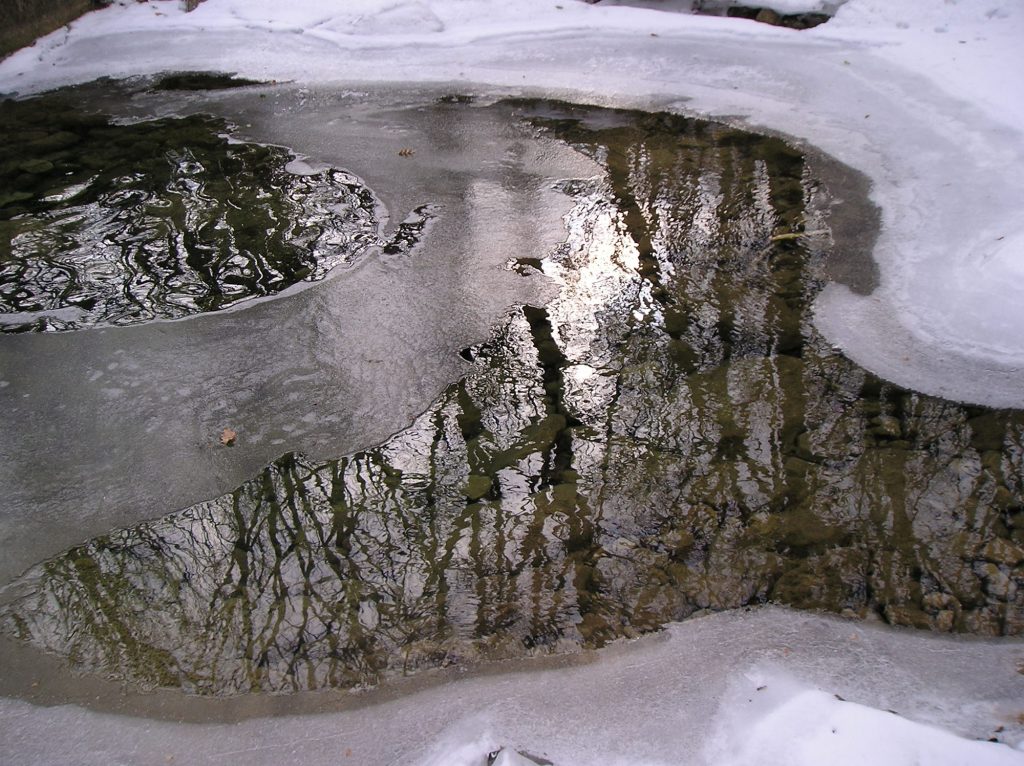Ponds bring a touch of tranquility to Pacific Northwest landscapes, creating serene havens for aquatic life and enhancing the overall beauty of gardens. As winter blankets the region in snow, it’s essential for pond enthusiasts to take proactive steps in caring for their water features. In this article, we will explore the key aspects of winter pond care specific to the snowy conditions of the Pacific Northwest.
- Dealing with Ice Formation: One of the primary concerns during snowy winters is the formation of ice on the pond’s surface. Install a pond de-icer or floating heater to maintain an opening in the ice, allowing gases to escape and enabling oxygen to reach the water. This prevents harmful gases from building up and safeguards the well-being of fish and other aquatic organisms.
- Oxygenation Systems: Consider investing in a pond aerator to ensure proper oxygen levels. The combination of ice cover and decaying organic matter in the pond can deplete oxygen, potentially endangering fish and other aquatic life. An aerator agitates the water’s surface, facilitating gas exchange and maintaining a healthier environment beneath the ice.
- Fish Feeding Adjustments: As the temperature drops, the metabolic rate of pond fish decreases. Adjust their feeding schedule and reduce the quantity of food provided. In extremely cold conditions, or if the pond is covered with ice, refrain from feeding the fish altogether, as their digestive systems slow down during the winter months.
- Preventing Algae Buildup: Snow cover can limit sunlight penetration, reducing the growth of algae. However, it’s crucial to monitor and prevent excessive algae buildup under the ice, as this can lead to oxygen depletion. Use an algaecide or barley straw to control algae growth while maintaining a balanced pond ecosystem.
- Protecting Pond Plants: Hardy aquatic plants in the Pacific Northwest may still require protection from freezing temperatures. Place floating pond plant protectors over delicate plants to shield them from the cold. Trim back dead or decaying foliage to prevent it from decomposing in the water and contributing to nutrient imbalances.
- Regular Inspections: Periodically check the pond’s equipment, such as pumps and filters, to ensure they are functioning correctly. Remove any debris, leaves, or snow that may accumulate on the pond’s surface. This proactive approach prevents potential issues and ensures the longevity of your pond system.
- Wildlife Integration: Allow some areas of the pond to remain unfrozen, creating openings for wildlife like birds and small mammals. These areas serve as water sources for animals during the winter months, contributing to the overall biodiversity of your garden.
Caring for your pond during snowy winters in the Pacific Northwest requires a combination of proactive measures and a deep understanding of the unique challenges posed by the cold season. By implementing these strategies, you can safeguard the health of your pond, foster a thriving aquatic ecosystem, and enjoy the beauty of your water feature even during winter’s chill.
